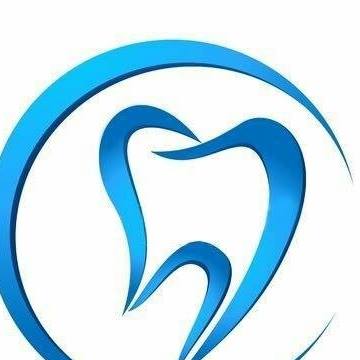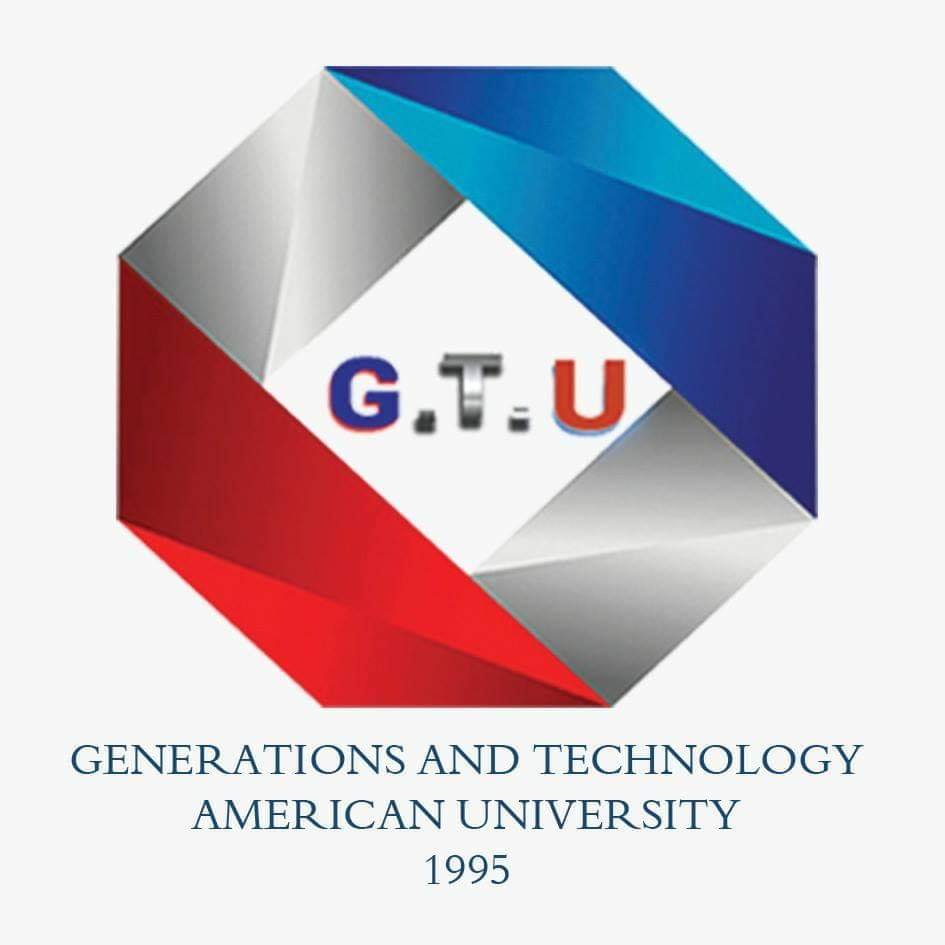UNIVERSITY GENERATIONS AND TECHNOLOGY
Study plan for the College of Dentistry

Dental School Curriculum Overview
A Dental School program usually lasts 5-6 years, depending on the country and university. It combines theoretical coursework with clinical practice, where students gradually move from learning basic sciences to performing dental procedures on real patients under supervision.
Year 1: Foundational Sciences
In the first year, students focus on the basic sciences that lay the foundation for more specialized dental learning. The goal is to understand the biology and chemistry of the human body, with an emphasis on the oral cavity.
:Core Subjects
- Human Anatomy: Study of the structure of the human body, with a focus on oral and maxillofacial anatomy.
- Biochemistry: Understanding the chemical processes that occur in the human body and their relevance to dental health.
- Physiology: Study of the functions of body systems, including the nervous, circulatory, and digestive systems.
- Histology: Study of tissues and cells, particularly those related to oral health.
- Microbiology: Study of bacteria, viruses, and fungi, with an emphasis on their role in oral diseases.
- General Medicine: Introduction to medical principles that are relevant to dental practice (e.g., common systemic diseases that affect oral health).
Year 2: Basic Dental Sciences and Pre-Clinical Skills
In the second year, students start learning about dental materials and diseases that affect the mouth. They also begin learning the skills needed for hands-on dental procedures.
Core Subjects:
- Pharmacology: Study of medications used in dentistry, including anesthetics and antibiotics.
- Oral Pathology: Study of diseases affecting the oral cavity, including infections, cancers, and other conditions.
- Dental Materials: Study of materials used in restorative dentistry, such as fillings, crowns, and bridges.
- Oral Biology: Understanding the biology of the oral cavity, including teeth, gums, and supporting structures.
- Radiology: Introduction to dental imaging techniques, such as X-rays, for diagnosis and treatment planning.
- Preventive Dentistry: Techniques for preventing oral diseases, including oral hygiene, fluoride use, and dietary advice.
Year 3: Clinical Introduction and Basic Dental Procedures
In the third year, students begin to engage in clinical training, where they start to treat patients under supervision. They also take more specialized courses in various areas of dentistry.
:Core Subjects
- Endodontics (Root Canal Treatment): Study of the diagnosis and treatment of diseases of the dental pulp and surrounding tissues.
- Periodontics: Study of the prevention, diagnosis, and treatment of diseases affecting the gums and supporting structures of the teeth.
- Orthodontics: Study of the diagnosis, prevention, and correction of malpositioned teeth and jaws.
- Oral Surgery: Introduction to basic surgical procedures in dentistry, such as tooth extractions and simple soft tissue surgeries.
- Pediatric Dentistry: Study of dental care for children, including the treatment of primary (baby) teeth.
- Restorative Dentistry: Learning how to restore damaged or decayed teeth using various materials and techniques.
Year 4: Advanced Clinical Practice and Specializations
In the fourth year, students deepen their clinical knowledge and skills, treating a broader range of dental conditions and becoming more independent in their clinical work
:Core Subjects
- Advanced Restorative Dentistry: Focus on more complex procedures such as crowns, bridges, implants, and dentures.
- Advanced Endodontics: Dealing with more difficult root canal treatments and procedures.
- Advanced Periodontics: Surgical and non-surgical treatments for advanced gum disease and other periodontal conditions.
- Oral Radiology: Advanced diagnostic techniques using imaging technologies like CT scans and 3D imaging.
- Oral and Maxillofacial Surgery: Study and practice of more complex surgical procedures, such as the removal of impacted teeth, bone grafts, or facial trauma management.
- Cosmetic Dentistry: Techniques to improve the appearance of the teeth and smile, including whitening, veneers, and aesthetic restorations
Year 5 (or Year 6 in some programs): Internship and Clinical Practice
The final year typically focuses on internship and clinical practice, where students treat real patients under the supervision of faculty members. It is also the time for specialty training and completing any required research or projects
:Core Subjects
- Clinical Internship: Students spend significant time in the dental clinic treating patients with a variety of dental conditions. This is the most hands-on part of the program.
- Comprehensive Treatment Planning: Learning how to plan and manage complex dental cases involving multiple treatments and specialties.
- Practice Management: Introduction to the business side of dentistry, including patient management, ethics, billing, and legal considerations.
- Capstone Project or Thesis: Some programs may require students to complete a research project or thesis on a topic related to dentistry
Additional Training and Specializations (Post-Graduation)
After graduation, dentists can choose to pursue further specialized training in areas such as:
- Oral and Maxillofacial Surgery
- Orthodontics
- Periodontics
- Pediatric Dentistry
- Prosthodontics
- Public Health Dentistry
- Cosmetic Dentistry
This specialized training generally lasts 2-6 additional years, depending on the specialty
Conclusion
Dental school is rigorous and requires a strong foundation in basic sciences, followed by intensive clinical training. Students graduate as general dentists, but many go on to specialize in a particular area of dentistry after completing additional training. The curriculum is designed to prepare students to manage a wide range of dental problems, from basic cleanings and fillings to complex surgeries and cosmetic procedures
UNIVERSITY GENERATIONS AND TECHNOLOGY

Students graduating in training courses
